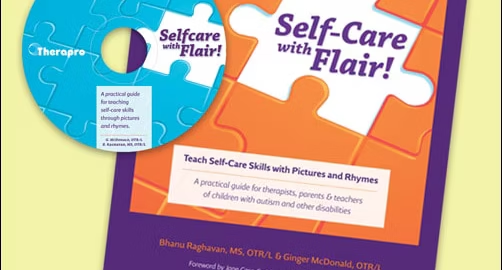On May 17, 2014, Therapro concluded its Spring Saturday Seminar Series with a compelling presentation by Iris Leigh, CAGS, OTR/L, Assistant Clinical Professor at Boston University’s Sargent College of Health and Rehabilitation Sciences. Her seminar, titled “Bullying: Understanding the Basics,” offered valuable perspectives on identifying and addressing bullying behaviors in educational settings.
Understanding the Basics: Defining Bullying and the Core Components
Iris Leigh began the session with an interactive anti-bullying quiz, sparking thoughtful discussion among attendees. She emphasized that bullying is a deliberate “power game” characterized by three key elements:
- Intent to Harm: The bully aims to cause physical or emotional distress.
- Power Imbalance: The bully holds more power, whether physical, social, or psychological, over the victim.
- Repetition: The harmful behavior occurs repeatedly over time.
Such behaviors often manifest during unstructured school times, including lunch, recess, bathroom breaks, and bus rides.
The Broader Impact of Bullying
A critical takeaway from the seminar was the recognition that bullying affects not only the direct victim but also bystanders and the overall school environment. Witnesses to bullying can experience feelings of fear, helplessness, and anxiety, highlighting the need for comprehensive prevention strategies.
Strategies for Prevention and Support
Iris Leigh provided attendees with practical tools to support children who are targeted by or witness bullying behaviors. While understanding the basics of bullying is key, she stressed that preventing bullying is a collective responsibility, requiring active involvement from educators, therapists, professionals, and caregivers. Implementing clear policies, fostering open communication, and promoting inclusive activities are essential steps in creating a safe and supportive environment for all students.
Attendees, including teachers and occupational therapists, praised the seminar for its practical strategies and insightful resources:
“Very well put together – easy strategies.”
“Applies to work…and life.”
“Lots of good resource info – this lady knows her stuff!”
For more information and resources related to this seminar, visit Therapro’s official website.
Filomena Connor, MS, OTR/L
May 17, 2014

